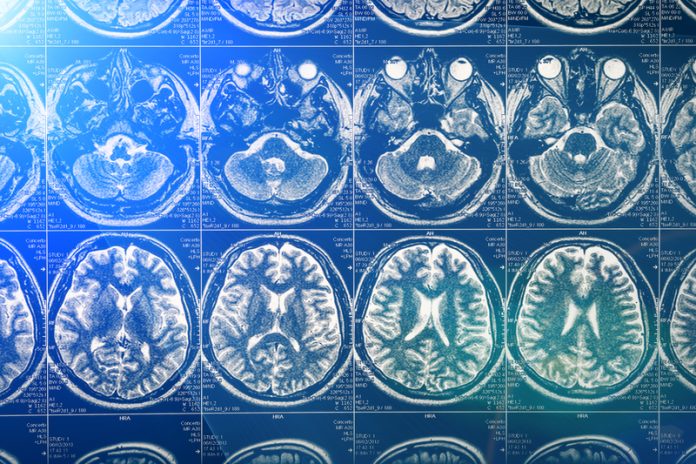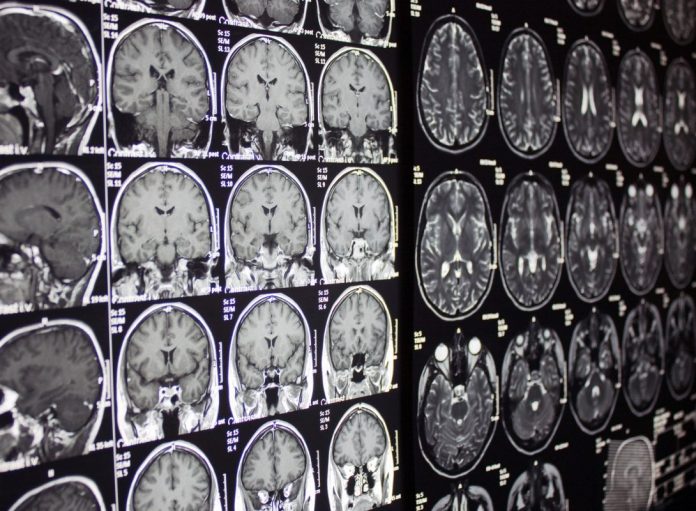Home Search
drug development - search results
If you're not happy with the results, please do another search
HIV-1 vaccine remains the best solution
Professor Tomáš Hanke of the Jenner Institute, University of Oxford discusses why the development of HIV-1 vaccine remains a high global health priority
Since the first report of AIDS in 1981, an estimated 60 million people have become infected with HIV-1, of whom some 25 million have died. Over 90%...
HIV-1 vaccine remains the best solution
Professor Tomáš Hanke of the Jenner Institute, University of Oxford discusses why the development of HIV-1 vaccine remains a high global health priority…
Since the first report of AIDS in 1981, an estimated 60 million people have become infected with HIV-1, of whom some 25 million have died. Over 90%...
Paediatric Rheumatology in 2015
Paediatric Rheumatology has become recognised within the last 20 years as a paediatric subspecialty. Previously the care of these patients was undertaken by interested adult rheumatologists. However, the National Service Framework for children recognised that children should be seen in child-friendly areas by staff trained to look after children....
Innovative brain imaging
Energy defects, neuroinflammatory processes, and abnormal cellular morphology in neurodegenerative diseases (ND) would constitute extremely informative brain imaging biomarkers of disease progression and readouts in clinical trials. Emerging research aims at developing novel brain imaging methods to study these different aspects not only in animal models but also in...
AG: Health Supplement
Due to the success of the Health & Social Care section within the AG publication, Adjacent Digital Politics Ltd will be producing a health analysis supplement to co-inside with the publication. Within the supplement due to be distributed at the end of March, we will include a number of feature...
Electronic devices from organic semiconductors containing heterocyclic compounds
So far these notes on heterocyclic chemistry have dealt mostly with applications in medicinal chemistry. However one of the key things about heterocyclic chemistry is the range of applications that it supports. I was once involved in a project involving conducting polymers as biosensors with a former colleague at...
Stem cells and personalised therapies for cancer
Professor Alan Clarke, Director of the European Cancer Stem Cell Research Institute at Cardiff University, outlines the aim to develop more personalised therapies for patients with cancer and how targeting the cancer stem cell could be crucial in this development.
Cancer remains the second largest cause of death in the western...
Working towards a vaccine for HIV
Professor Tomáš Hanke, The Jenner Institute at the University of Oxford, explains the difficulties in developing vaccines for HIV.
Defining Myopenia and Myosteatosis
Muscle mass and strength are critical components for maintaining physical function, here Dr Vera C Mazurak from the University of Alberta explains why.
Muscle mass and strength are critical for maintaining physical function, mobility and vitality. Sarcopenia was first coined to represent the loss of muscle that normally occurs during...
Nanobiotechnology for Diagnostics Nb4D Group
The Nanobiotechnology for Diagnostics (Nb4D) Group belongs to the Institute of Advanced Chemistry of Catalonia (IQAC), one of the institutes of the State Agency CSIC (Consejo Superior de Investigaciones Científicas), and to the Biomedical Research Centre Network of Bioengineering, Biomaterials and Nanomedicine (CIBERBBN).
The group is led by Prof. M.-Pilar...
Research shows differences in cancer stem cells
Professor Alan Clarke, Director of the European Cancer Stem Cell Research Institute gives an overview of how cancer stem cells differ from the conventional stem cell.
Cancer remains one of the major challenges in terms of life expectancy and is recognised as the second largest cause of mortality within the...
Challenging the stem cell convention
Professor Alan Clarke, Director of the European Cancer Stem Cell Research Institute gives an overview of how cancer stem cells differ from the conventional stem cell.
Cancer remains one of the major challenges in terms of life expectancy and is recognised as the second largest cause of mortality within the...
Stem cells and immunity
From stem cell biology to tissue mending
In the last 25 years, tremendous advances have been made in the identification and generation of stem cells (SC) from diverse organisms, generating a wealth of knowledge in various fields from embryology to development. SC not only have the ability to differentiate into...
Revolutionising the brain
Aiswariya Chidambaram of Frost and Sullivan explains the importance of early diagnosis to tackle brain disorders such as Alzheimer’s Disease.
Although research has gone a long way in establishing an understanding of the underlying mechanism and etiology of Alzheimer’s disease since its discovery in 1906, scientists have not yet arrived...
Vitamin E could be beneficial in dementia
New research suggests a daily dose of vitamin E could help people with dementia.
A study carried out by US researchers in the journal JAMA found people with mild to moderate Alzheimer’s disease on high doses of vitamin E had a slower rate of decline than those given a dummy...
Institute of Virology
Understanding liver cancer development in Europe: Novel mouse models for pre-clinical trials.
Today, liver cancer – also called hepatocellular carcinoma (HCC) – reflects the 3rd most common cause for cancer related death world-wide with approximately 800.000 deaths per year. In stray African or Asian countries HCC has become the most common...
Biobank Networks
Biobank networks set to multiply the access to the key resources for biomedical sciences.
The systematic examination of human samples in combination with their medical data over the last centuries has established the basis for the growing progress in medical sciences. This has led to the dramatic increase in knowledge...
















